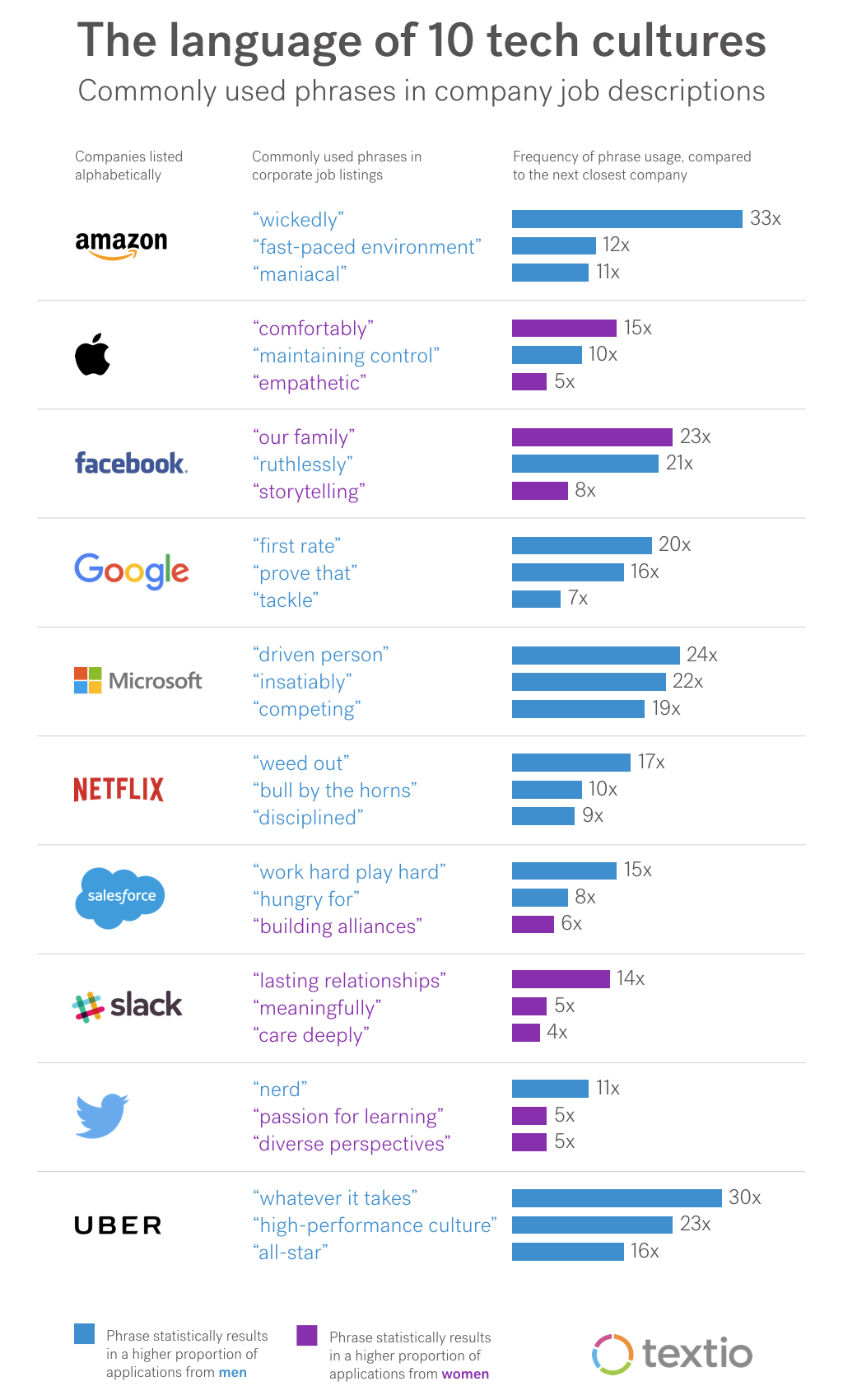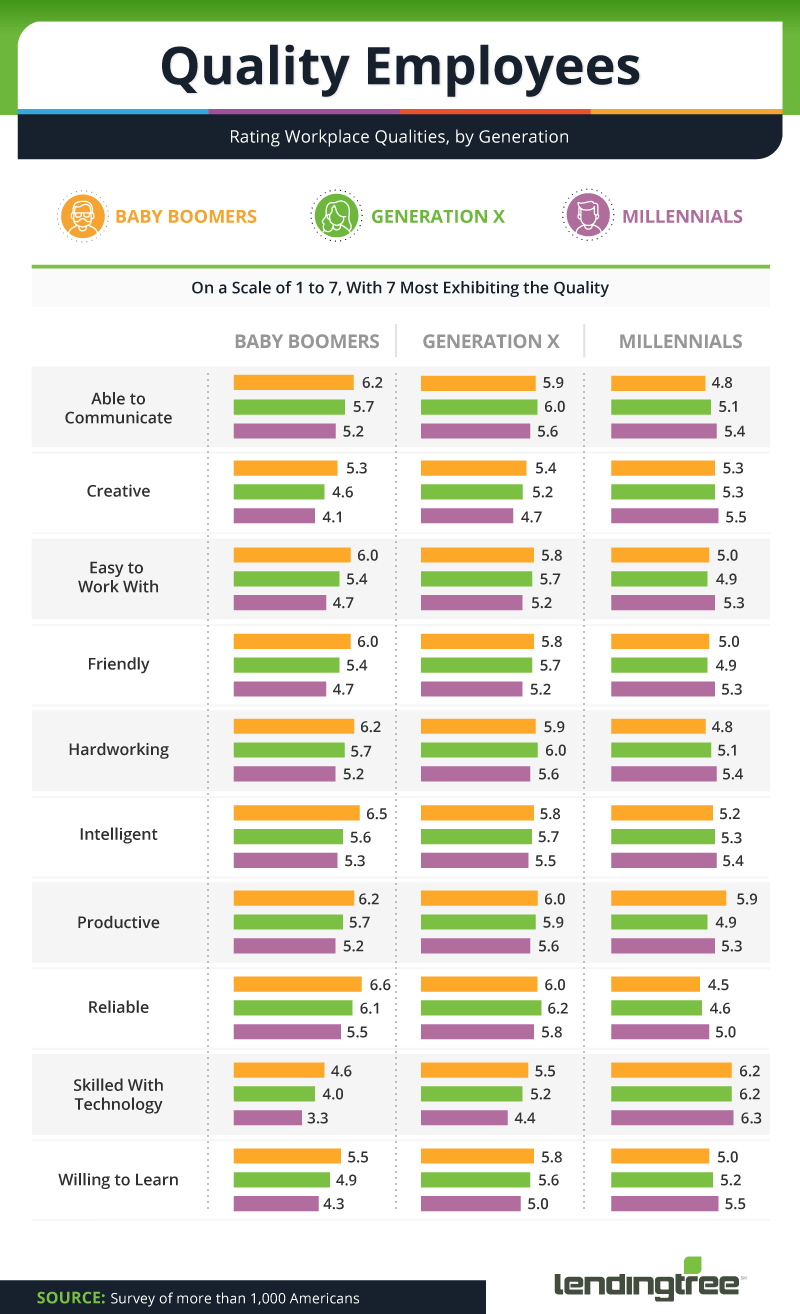PODCAST: #HRHappyHour 309 - The Importance of the Manager - Employee Relationship
HR Happy Hour 309 - The Importance of the Manager - Employee Relationship
Host: Steve Boese
Guest: Adam Rogers, CTO, Ultimate Software
Listen to the show HERE
This week on the HR Happy Hour Show, Steve is joined by Adam Rogers, CTO of HR Technology solution provider Ultimate Software to talk about some recent research Ultimate published on the manager - employee relationship, why it matters, and how managers can make this relationship stronger and better.
In late 2017, Ultimate partnered with the Center for Generational Kinetics to undertake and publish new research on the manager - employee relationship, to better understand how managers and employees see and perceive things differently at work, and then to help create solutions, both managerial and technical, than can improve and strengthen this critical relationship.
It has been said often that 'people don't leave companies, they leave managers', and on the show Adam shared both what the research found about this idea with respect to how employee retention and engagement is shaped by these relationships, as well as his personal observations as a manager and leader of an organization.
Additionally, we talked about the importance of openness, transparency, and trust, the need to provide training and resources to managers - especially new managers, and the need to focus on how the manager - employee relationship drives employee satisfaction and engagement.
And we also managed to fit in some winter weather updates, college football, and NBA talk as well!
You can listen to the show on the show page HERE, or by using the widget player below:
This was a fun and interesting show, many thanks to Adam to joining us.
To learn more about the research we talked about on the show, register for an upcoming webinar on January 23 at 2PM ET with Adam and Jason Dorsey - more information on the webinar is here.
Thanks to show sponsor Virgin Pulse - www.virginpulse.com, back as an HR Happy Hour Show sponsor in 2018.
Subscribe to the HR Happy Hour Show on Apple Podcasts, Stitcher Radio, or wherever you get your podcasts.

 Steve
Steve



